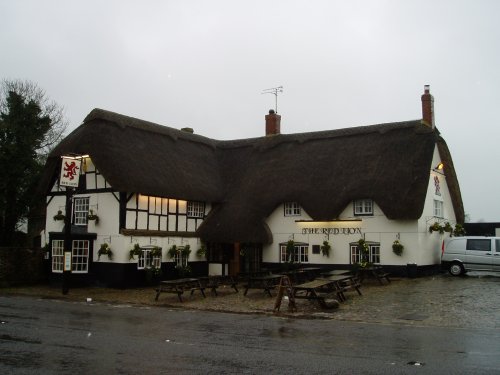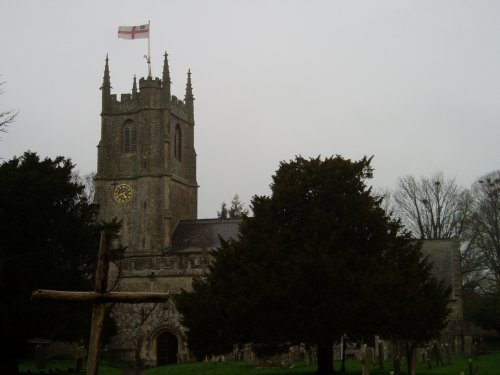Avebury
Jump to page 1 2 3 4 5 6 7 8
Let's say it's 10:00 a.m. in London, and you decide you want to go to Avebury. Here's what you do:
Take the tube to Victoria Station, and catch a train to Salisbury. At the Salisbury Station, in the early afternoon, hop on the Stonehenge bus. But of course you don't go to Stonehenge. You get off the Stonehenge bus in Amesbury, (The driver will try to prevent this. You must be firm). Wait another hour, and pass the time by exploring the old church in Amesbury (A Christian site since as early as 300 AD). Finish your chicken-salad sandwich under the eves of the bus station, out of the pouring rain, and finally catch the #6 bus to Avebury, getting off at the Red Lion Inn. You'll have about an hour to explore, but make sure you're back in front of the Antiques shop by 3:50, because the last bus of the day won't stop if he doesn't see you. And mind you, the lady in the Antiques shop doesn't want your wet clothes dripping all over her store.
Be warned that the return bus may take a rock through the windscreen near Marlborough, and you'll have to change buses in Kympton. We suggest the Pizza Hut in Salisbury for warming up before your walk back to the train station.
 Avebury is an old town built right in the middle of one of the world's largest stone circles. In truth, the town is just one narrow lane. This is the Red Lion Inn, where the bus stops.
 The church in Avebury.
 The Avebury Stone Circle isn't as famous as its neighbor Stonehenge, but it is more complete, and more accessable. These stones were placed here about 4000 years ago.
 I borrowed this aerial view from SacredSites.com, because there's no other way to explain the place. The circle, which once went the whole way around, is surrounded by a trench that had been filled with water. There is one level entrance at each cardinal direction, with long galleries of stones lining the east and west entrances. Beyond the trench was a soil embankment surrounding the whole thing. The stones in the center track the sun and moon
 Later Christian inhabitants took down and broke up many of the stones, using using them to build houses and buildings. There was a rumor in the town that someone was buried under one of the fallen stones. When the stone was righted, they found the remains of a medieval barber-surgeon, who seems to have pulled the stone down on top of himself.
We're getting soaked, as you can see.
 It's hard to know what to feel in such a place. Clearly it was sacred to someone, and you can still feel something spiritual there. We spent a cold, wet hour there, and we both loved it.
Next Page
| 




















